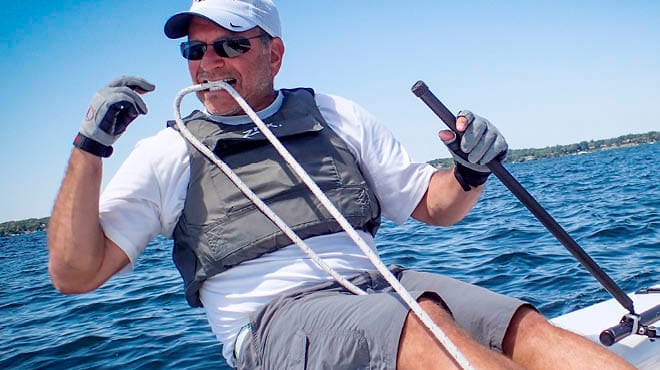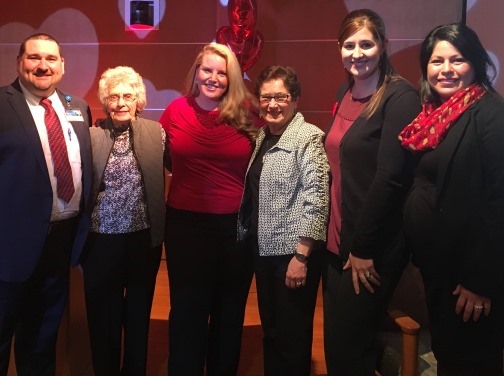Recent Posts
Teamwork, technology combine to heal Bailey’s broken heart

When Amy Rohrer's daughter Bailey was placed in her arms immediately after birth, she expected to feel the same sense of relief she felt when she first held her son Liam two years earlier.
But that feeling never came.
"I didn't think Bailey's color looked right," says Amy. Neither did nurse Ashley Misch, who ran a test to check Bailey's oxygen level. The results showed a dangerously low oxygen level. Bailey was taken to the neonatal intensive care unit (NICU) for treatment and further testing.
"I feel like Ashley saved our daughter's life," says Amy. "If she hadn't been brave enough to speak up when she did, I don't know what would have happened to Bailey."
Difficult diagnosis
In the NICU, neonatologist Dennis Costakos, M.D., examined Bailey and began running additional tests. He also put in a breathing tube and gave her medications to try to help her lungs work better.
"No matter what I did, her oxygen levels stayed the same," says Dr. Costakos. That led him to suspect the problem might not be in Bailey's lungs, but in her heart. He thought she might have obstructed total anomalous pulmonary venous return, a condition found in just 1 of every 10,000 births.
In this rare condition, the pulmonary veins are not properly connected, so oxygen-rich blood cannot be distributed throughout the body. Dr. Costakos had seen babies with the condition just two other times in his 28-year career.
As he worked to confirm a diagnosis, Dr. Costakos kept Amy and her husband, Tom, informed.
"Dr. Costakos was amazing," says Amy. "He walked us through everything he was thinking."
A team effort
Within hours, Dr. Costakos had narrowed the diagnosis down to the heart condition or a serious lung condition. Either would require treatment at Mayo Clinic, so Mayo Medical Transport was summoned to take Bailey to Rochester.
"We have a tremendous amount of experience right here in La Crosse, but for things as rare as this we rely on our colleagues in Rochester," says Dr. Costakos. "We work together very closely to make the experience as smooth as possible for our patients and their families."
When the Rohrers got to Mayo Clinic, doctors there ran more tests in an effort to confirm a diagnosis.
"When we got to Rochester, we still didn't know what was wrong with Bailey," says Amy. "Eventually, the brilliant cardiology team confirmed she had the heart condition Dr. Costakos suspected. If Dr. Costakos hadn't made the decision to send us to Rochester when he did, we might not have our Bailey."
Once the diagnosis was confirmed, Harold Burkhart, M.D., a cardiovascular surgeon, performed open-heart surgery to correct the problem. Bailey spent two weeks in the hospital recovering, including four days on a heart-lung bypass machine and an additional week on a ventilator.
"The nurses took care of Bailey as if it was their own child lying in the hospital bed," says Amy. "Their caring helped us so much." After two weeks, Amy was finally able to hold her daughter. "It was like I was holding her for the first time," she says. "It felt like a million pounds had been lifted off my chest."

Today, Bailey is doing well. Amy says that she's a good sleeper and a happy baby who laughs easily. She'll be watched closely, but will likely have no long-term problems related to her heart defect or surgery. To her, it will just be a story in her baby book.
But to her mother, it was a life-changing event that brought a cherished new perspective.
"After you go through something like this, it seems like nothing really matters but the people in your life," says Amy. "We're only here for so long, and we only have each other for a short time. We are so grateful to everyone who helped save our daughter's life."






